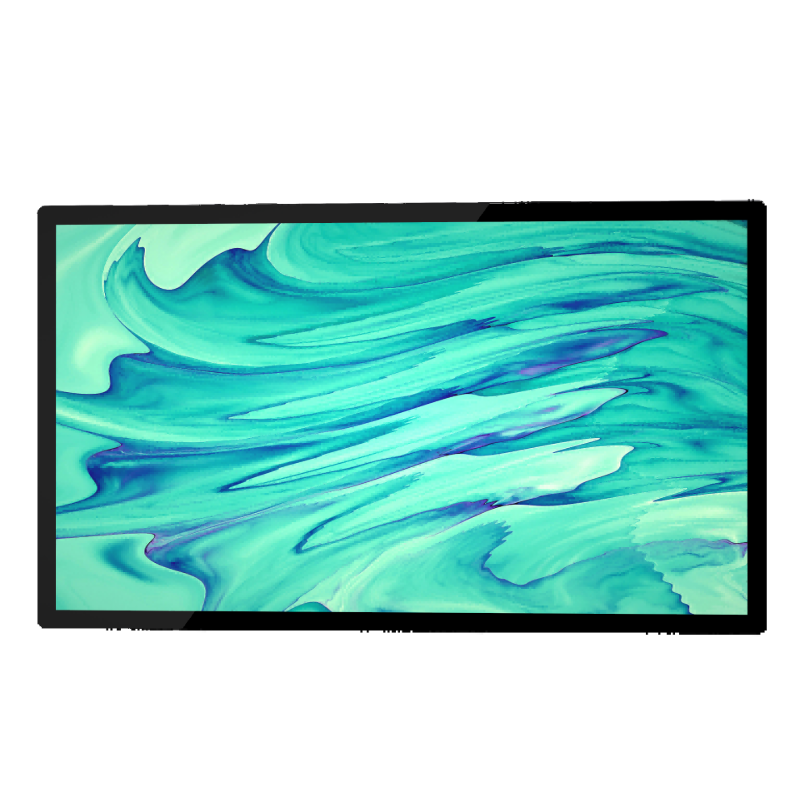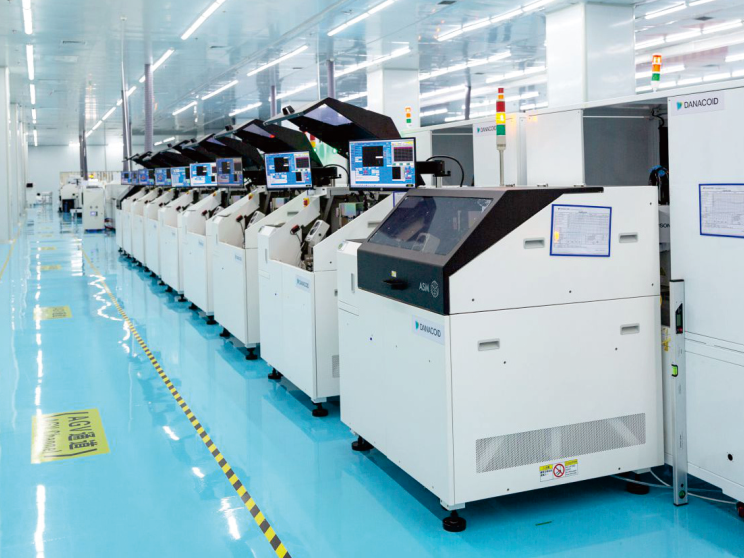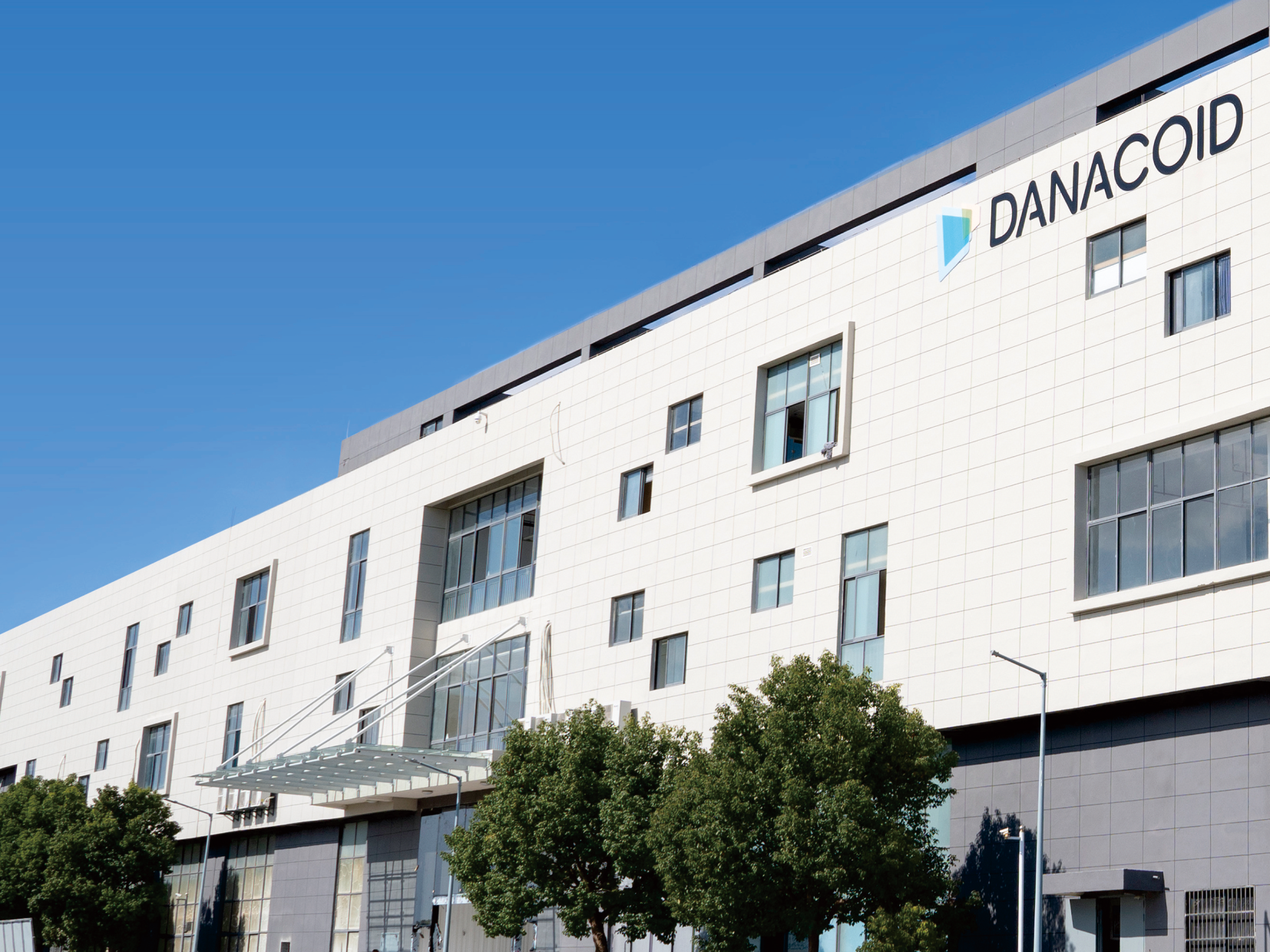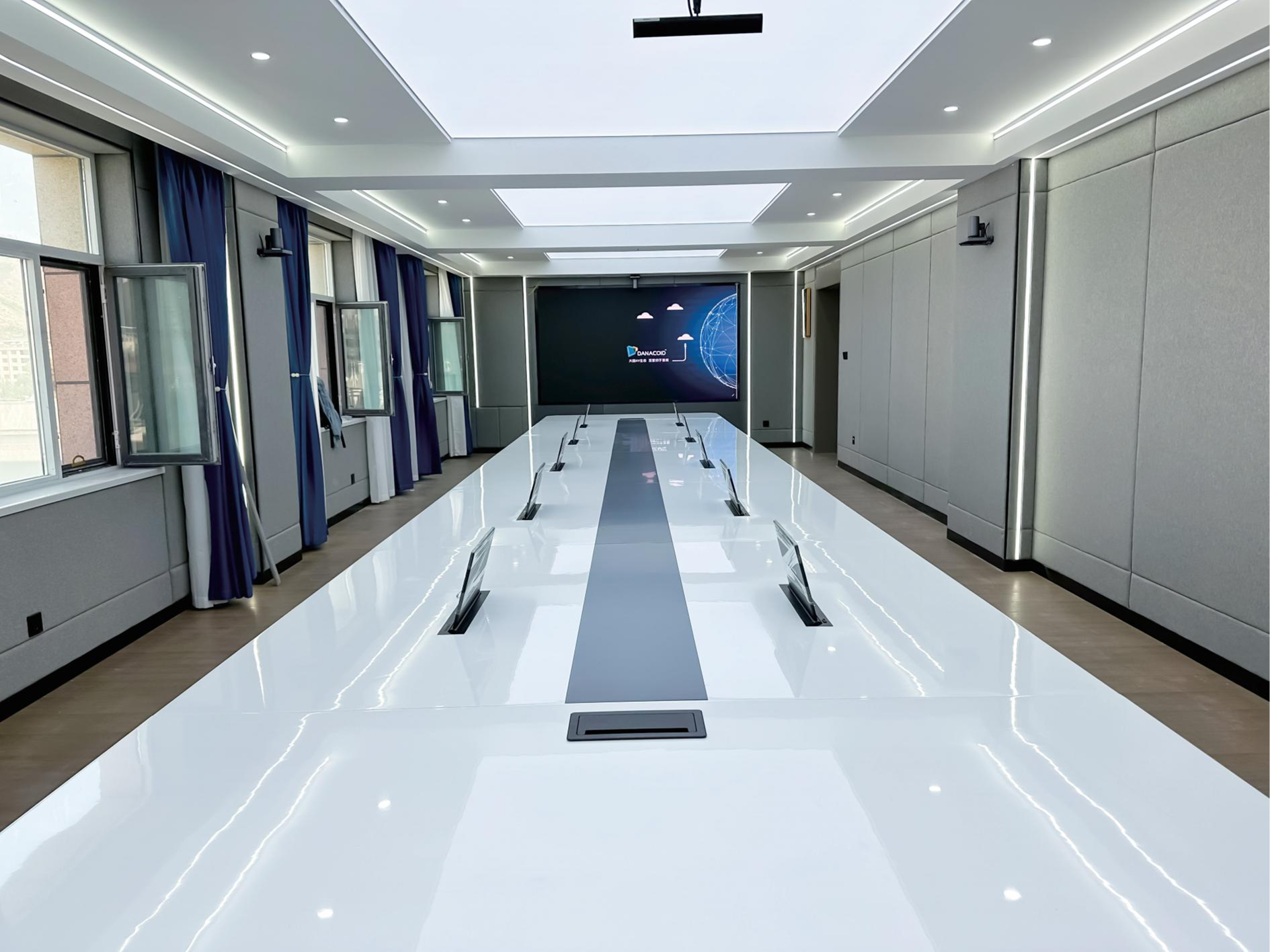High-definition LED displays have revolutionized the way businesses communicate with their audiences, offering superior visual quality and versatility across various applications. Whether you're considering installation for corporate environments, retail spaces, or outdoor advertising, understanding the fundamental differences between indoor and outdoor LED displays is crucial for making an informed investment decision. These advanced display technologies serve different purposes and require specific considerations regarding brightness, durability, installation requirements, and overall performance characteristics.

The selection process between indoor and outdoor LED displays involves analyzing multiple technical specifications, environmental factors, and operational requirements. Modern LED display technology has advanced significantly, providing options that cater to specific viewing conditions, ambient lighting scenarios, and weather exposure levels. Understanding these distinctions helps organizations optimize their visual communication strategies while ensuring long-term reliability and cost-effectiveness.
Technical Specifications and Performance Differences
Brightness and Luminance Requirements
Indoor LED displays typically operate at brightness levels ranging from 800 to 1,500 nits, which provides optimal visibility in controlled lighting environments without causing viewer discomfort. These displays are specifically designed for environments where ambient lighting can be managed, such as conference rooms, retail stores, lobbies, and indoor event spaces. The lower brightness requirements allow for more energy-efficient operation and reduced heat generation, contributing to longer component lifespan and lower operational costs.
Outdoor LED displays require significantly higher brightness levels, typically ranging from 4,000 to 10,000 nits or more, to maintain visibility under direct sunlight and varying weather conditions. This increased luminance ensures that content remains clearly visible throughout different times of day and seasonal lighting variations. The enhanced brightness capability comes with increased power consumption and heat generation, requiring more robust cooling systems and power infrastructure to maintain optimal performance.
Pixel Pitch and Resolution Considerations
The pixel pitch, which determines the distance between individual LED clusters, varies significantly between indoor and outdoor applications. Indoor LED displays typically feature smaller pixel pitches ranging from 1.2mm to 4mm, enabling higher resolution and superior image quality for close-viewing distances. This fine pixel density allows for detailed text display, high-resolution images, and crisp video content that maintains clarity even when viewed from relatively short distances.
Outdoor LED displays generally utilize larger pixel pitches, typically ranging from 4mm to 16mm or larger, optimized for viewing distances of several meters to hundreds of meters. The larger pixel pitch reduces manufacturing costs while maintaining appropriate image quality for the intended viewing distances. This configuration also improves durability and weather resistance, as the larger LED modules provide better sealing against moisture and environmental contaminants.
Environmental Protection and Durability Standards
Weather Resistance and IP Ratings
Indoor LED displays typically carry IP40 to IP54 ratings, providing protection against dust and limited moisture exposure that might occur in controlled environments. These protection levels are sufficient for indoor applications where exposure to water, extreme temperatures, and harsh weather conditions is minimal. The lower protection requirements allow for more cost-effective manufacturing while maintaining reliability in appropriate environments.
Outdoor LED displays require much higher protection ratings, typically IP65 or IP68, ensuring complete protection against dust ingress and water penetration from rain, snow, and cleaning procedures. These displays must withstand temperature extremes, UV radiation, wind loading, and potential impact from debris. The enhanced protection involves specialized gaskets, conformal coatings, and robust enclosure designs that significantly increase manufacturing complexity and costs but ensure reliable operation in challenging outdoor environments.
Temperature Management and Thermal Design
Temperature management represents a critical consideration for both indoor and outdoor LED displays, though the challenges differ significantly. Indoor displays operate in climate-controlled environments with relatively stable temperatures, requiring moderate cooling solutions such as passive heat sinks or small fans. The controlled environment allows for more predictable thermal management and component selection optimized for stable operating conditions.
Outdoor LED displays face extreme temperature variations, requiring sophisticated thermal management systems including active cooling, temperature sensors, and adaptive brightness control. These systems must function effectively across temperature ranges that might span from -40°C to +85°C, depending on geographic location and installation requirements. Advanced thermal design prevents component degradation, maintains color accuracy, and ensures consistent performance across varying environmental conditions.
Installation Requirements and Structural Considerations
Mounting Systems and Structural Support
Indoor LED displays typically require lighter mounting systems due to reduced weight and wind loading requirements. Wall-mounted configurations, ceiling suspension systems, and portable stands provide adequate support for most indoor applications. The installation process is generally less complex, with standard electrical connections and minimal weatherproofing requirements, allowing for faster deployment and easier maintenance access.
Outdoor LED displays demand robust structural support systems capable of withstanding wind loads, seismic forces, and potential impact loads. Foundation requirements, steel framework specifications, and mounting hardware must meet local building codes and engineering standards. Installation typically involves specialized equipment, professional engineering analysis, and extensive weatherproofing procedures to ensure long-term structural integrity and safety.
Power Infrastructure and Electrical Requirements
Power requirements differ substantially between indoor and outdoor LED displays due to brightness demands and environmental protection needs. Indoor displays typically consume less power due to lower brightness requirements and more efficient heat dissipation in controlled environments. Standard electrical infrastructure is usually sufficient, with power consumption ranging from 150 to 400 watts per square meter depending on content and brightness settings.
Outdoor LED displays require significantly more power, often consuming 600 to 1,200 watts per square meter or more, necessitating dedicated electrical circuits and potentially upgraded electrical service. Power distribution must include weatherproof connections, surge protection, and redundant safety systems. The increased power requirements also impact operational costs and may require special utility considerations for large installations.
Content Management and Control Systems
Software Compatibility and Remote Management
Modern LED displays, regardless of indoor or outdoor application, require sophisticated content management systems that enable remote operation, scheduling, and monitoring. Indoor displays often integrate with existing IT infrastructure, corporate networks, and building management systems, allowing for seamless content updates and system monitoring. The controlled environment facilitates reliable network connectivity and simplified troubleshooting procedures.
Outdoor LED displays require robust communication systems capable of operating reliably despite environmental challenges such as temperature extremes, moisture exposure, and potential electromagnetic interference. Remote monitoring becomes crucial for outdoor installations due to accessibility challenges and the need for proactive maintenance. Advanced control systems include environmental sensors, automated brightness adjustment, and predictive maintenance capabilities that help prevent costly service calls and minimize downtime.
Content Optimization and Display Characteristics
Content creation and optimization strategies differ significantly between indoor and outdoor LED displays due to viewing conditions, distance requirements, and ambient lighting factors. Indoor content can include detailed text, fine graphics, and complex layouts that take advantage of higher resolution and controlled viewing conditions. Color accuracy and subtle gradations are more important for indoor applications where viewers can examine content closely.
Outdoor content must prioritize high contrast, bold graphics, and simplified layouts that remain effective at longer viewing distances and varying lighting conditions. Bright colors, large fonts, and minimal detail ensure message effectiveness despite environmental challenges. Content scheduling systems must account for daylight variations, automatic brightness adjustment, and seasonal changes that affect visibility and impact.
Cost Analysis and Return on Investment
Initial Investment and Acquisition Costs
The initial cost differential between indoor and outdoor LED displays reflects the significant engineering and manufacturing differences required for each application. Indoor displays typically cost 30-50% less than equivalent outdoor models due to simpler environmental protection requirements, lower brightness specifications, and reduced structural demands. However, the total project cost must include mounting systems, installation labor, and electrical infrastructure, which may vary significantly based on specific requirements.
Outdoor LED displays represent a higher initial investment due to enhanced weather protection, increased brightness capabilities, and robust structural requirements. The premium for outdoor-rated components, specialized installation procedures, and additional infrastructure often doubles or triples the total project cost compared to indoor installations. However, outdoor displays often provide greater visibility and audience reach, potentially justifying the increased investment through enhanced marketing effectiveness and revenue generation opportunities.
Operational Expenses and Maintenance Considerations
Long-term operational costs vary significantly between indoor and outdoor LED displays due to different power consumption levels, maintenance requirements, and component replacement schedules. Indoor displays benefit from lower power consumption, reduced maintenance frequency, and easier access for service procedures. The controlled environment minimizes component stress and extends operational lifespan, resulting in lower total cost of ownership over the display's useful life.
Outdoor LED displays incur higher operational expenses due to increased power consumption, more frequent maintenance requirements, and potential weather-related damage. However, advances in LED technology and improved weatherproofing have significantly reduced maintenance frequency and improved reliability. Proper installation and regular preventive maintenance can minimize unexpected repair costs while maximizing display lifespan and performance consistency.
FAQ
What is the typical lifespan difference between indoor and outdoor LED displays
Indoor LED displays typically last 80,000 to 100,000 hours due to controlled environmental conditions and reduced component stress. Outdoor displays generally achieve 60,000 to 80,000 hours of operation, with lifespan affected by environmental exposure, temperature cycling, and UV radiation. Proper maintenance and quality components can extend operational life for both types significantly.
Can indoor LED displays be used outdoors with additional protection
Indoor LED displays should not be used outdoors even with additional protection, as they lack sufficient brightness for outdoor visibility and proper environmental sealing. The internal components, thermal management systems, and electrical connections are not designed for outdoor conditions. Using indoor displays outdoors typically voids warranties and creates safety hazards due to inadequate weather protection.
How do viewing distances affect the choice between indoor and outdoor displays
Viewing distance directly influences pixel pitch selection and overall display specifications. Indoor applications typically involve viewing distances of 1-10 meters, requiring fine pixel pitches for detailed content. Outdoor displays are viewed from 10-500 meters or more, allowing larger pixel pitches while maintaining appropriate image quality. Selecting the correct pixel pitch ensures optimal image quality while controlling costs.
What are the key factors for determining brightness requirements
Brightness requirements depend on ambient lighting conditions, viewing angles, and content type. Indoor environments with 200-500 lux ambient lighting typically require 800-1500 nits display brightness. Outdoor applications may experience 100,000 lux direct sunlight, necessitating 5000-10000 nits minimum brightness. Automatic brightness sensors help optimize visibility while managing power consumption and component longevity.









